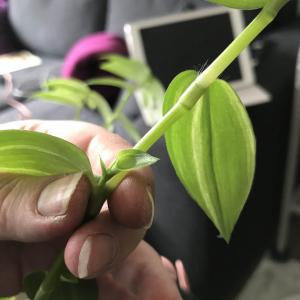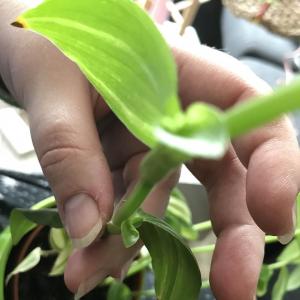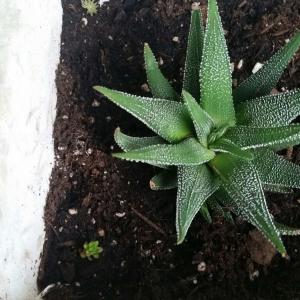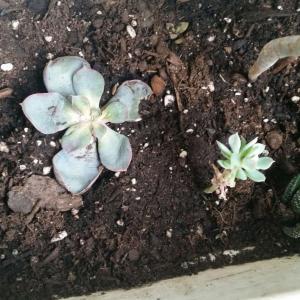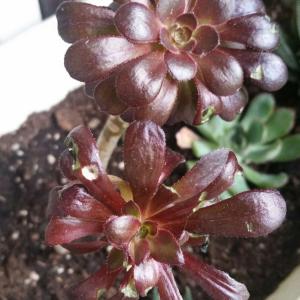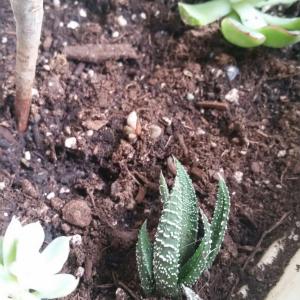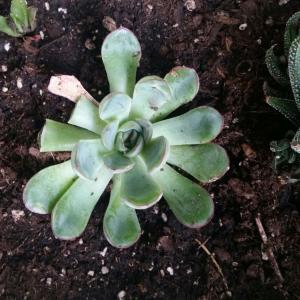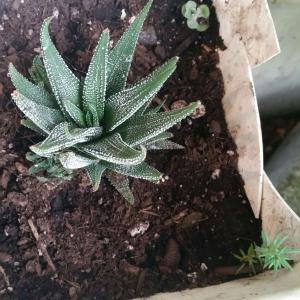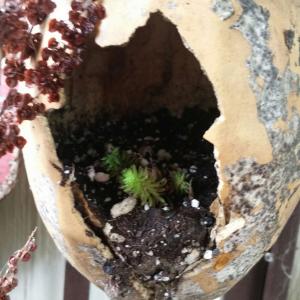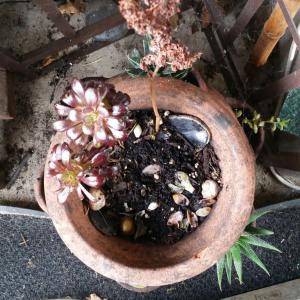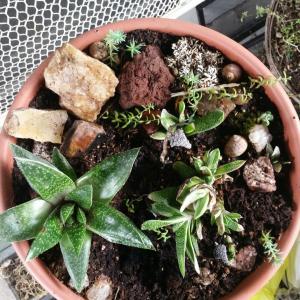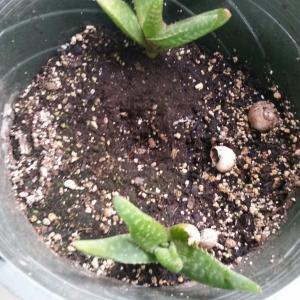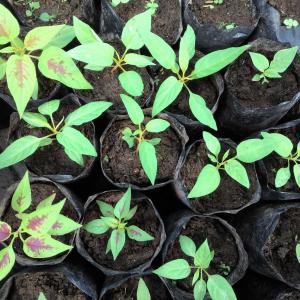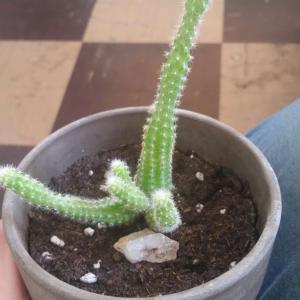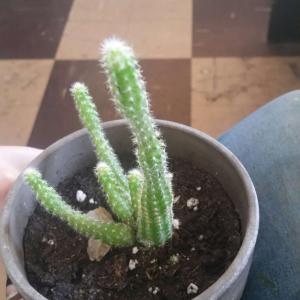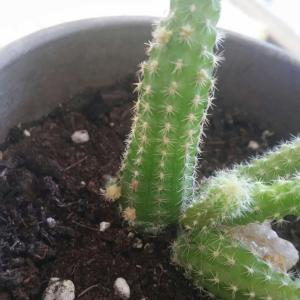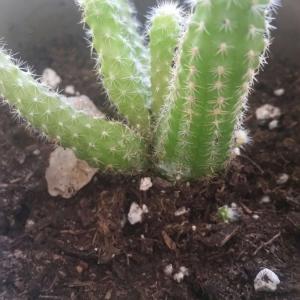成长记
kensong
2018年05月30日

Stem propogation of my Coleus which has grown too tall. Hopefully I'll have four new plants.
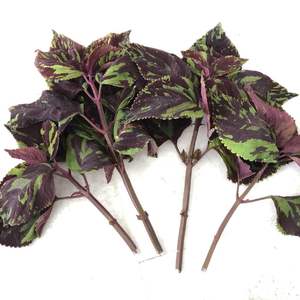
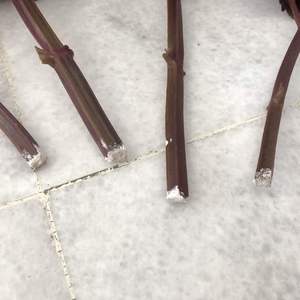
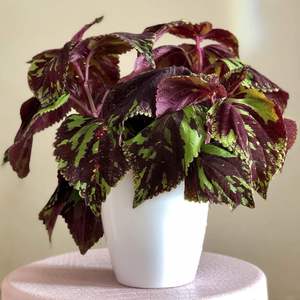



0
0
成长记
Plantlin
2018年05月28日

Some updates. new big leaf is coming out, but it seems green again! Okok, I’ll try to be patient till it unfolds:) on the one stem part, I think there is a geowingpoint visible! I almost threw that out!!! So happy:) And even more patience;) 💚

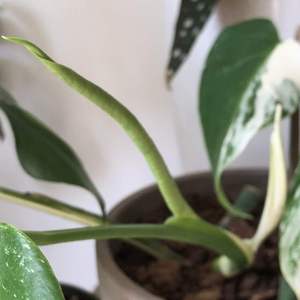










0
0
成长记
kensong
2018年05月22日

My Ficus Lyrata have been super prolific in sending out new leaves. These two sets from within the same week!




1
0
成长记
Plantlin
2018年05月21日

One of them has new growth:) Added some soil and water as most of them have roots.






1
0
成长记
Plantlin
2018年05月15日

Trying my new propogation method in spgnum with one of the leafs. Curious how this will go!






1
0
文章
Miss Chen
2018年05月15日

The best time for cutting down asparagus (Asparagus officinalis) is when the plant becomes dormant in fall. Asparagus produces new shoots in spring, which you can harvest as asparagus spears. These shoots develop and mature over the growing season, forming many-branched, feathery stems. The plant's top growth dies in fall, though the roots remain alive, ready to sprout again in spring. Growing 3 to 5 feet tall, asparagus grows in U.S. Department of Agriculture plant hardiness zones 4 through 8.
Why Cut Asparagus

Asparagus usually dies down naturally in fall, but cutting the asparagus stems at this time has its benefits. Rust and other diseases that affect asparagus overwinter on plant debris. Cutting down and removing asparagus stems when the plants are dormant helps prevent diseases from infecting new shoots the following year.
Old asparagus varieties include female, berry-producing plants, and some new, male varieties also sometimes include a few female plants. Berries that are left on an asparagus bed create problems with asparagus seedlings the following year.
Removing dead asparagus foliage also keeps the bed neat and tidy, and makes room for new shoots in spring.
When to Cut

Cut asparagus down after the stems have turned yellow, but before the berries fall. Asparagus stems often turn yellow after the first frost. When stems turn yellow and wither, they're no longer providing nutrients for the roots, and they can be removed. Cut down asparagus stems when they're completely yellow. Don't wait any longer, because berries on the plants will fall.
In warm climates, asparagus sometimes doesn't turn yellow but continues growing in late fall and winter. If the asparagus shoots don't turn yellow, stop watering the plants.
How to Cut

Cut asparagus stems with pruning shears. Starting at one end of the asparagus bed, hold an asparagus stem in one hand, and prune it 2 inches above the soil surface. Continue in the same way over the whole bed.
When you've finished, wipe the pruning shear blades with a cloth that was dipped in rubbing alcohol. Sterilizing pruning shears helps prevent diseases from spreading. You can put dead asparagus foliage on the compost pile.
After Care

After cutting asparagus stems, spread a thick organic mulch. Mulches add organic matter and nutrients to the soil and help control weeds, and also provide some protection from severe freezes. Removing the mulch in stages in spring can extend the asparagus harvesting season.
Spread a layer of leaves, compost, manure or other organic matter 4 to 6 inches deep over the asparagus bed. For a long harvest period, remove the mulch from one-half the bed in spring. The asparagus shoots will appear on the bare half of the bed first. When they appear, remove the mulch from the other one-half of the bed.
Why Cut Asparagus

Asparagus usually dies down naturally in fall, but cutting the asparagus stems at this time has its benefits. Rust and other diseases that affect asparagus overwinter on plant debris. Cutting down and removing asparagus stems when the plants are dormant helps prevent diseases from infecting new shoots the following year.
Old asparagus varieties include female, berry-producing plants, and some new, male varieties also sometimes include a few female plants. Berries that are left on an asparagus bed create problems with asparagus seedlings the following year.
Removing dead asparagus foliage also keeps the bed neat and tidy, and makes room for new shoots in spring.
When to Cut

Cut asparagus down after the stems have turned yellow, but before the berries fall. Asparagus stems often turn yellow after the first frost. When stems turn yellow and wither, they're no longer providing nutrients for the roots, and they can be removed. Cut down asparagus stems when they're completely yellow. Don't wait any longer, because berries on the plants will fall.
In warm climates, asparagus sometimes doesn't turn yellow but continues growing in late fall and winter. If the asparagus shoots don't turn yellow, stop watering the plants.
How to Cut

Cut asparagus stems with pruning shears. Starting at one end of the asparagus bed, hold an asparagus stem in one hand, and prune it 2 inches above the soil surface. Continue in the same way over the whole bed.
When you've finished, wipe the pruning shear blades with a cloth that was dipped in rubbing alcohol. Sterilizing pruning shears helps prevent diseases from spreading. You can put dead asparagus foliage on the compost pile.
After Care

After cutting asparagus stems, spread a thick organic mulch. Mulches add organic matter and nutrients to the soil and help control weeds, and also provide some protection from severe freezes. Removing the mulch in stages in spring can extend the asparagus harvesting season.
Spread a layer of leaves, compost, manure or other organic matter 4 to 6 inches deep over the asparagus bed. For a long harvest period, remove the mulch from one-half the bed in spring. The asparagus shoots will appear on the bare half of the bed first. When they appear, remove the mulch from the other one-half of the bed.
0
0




